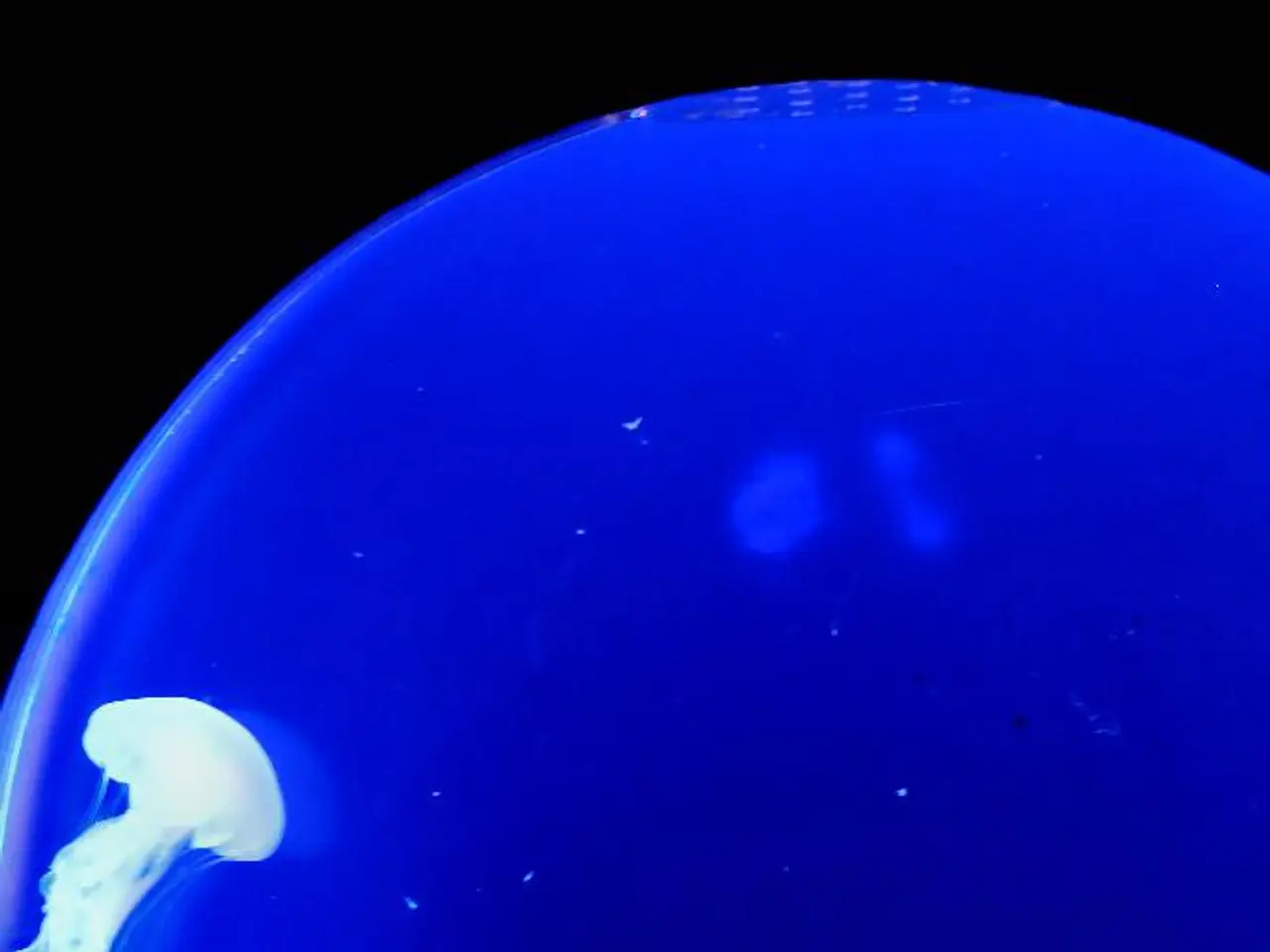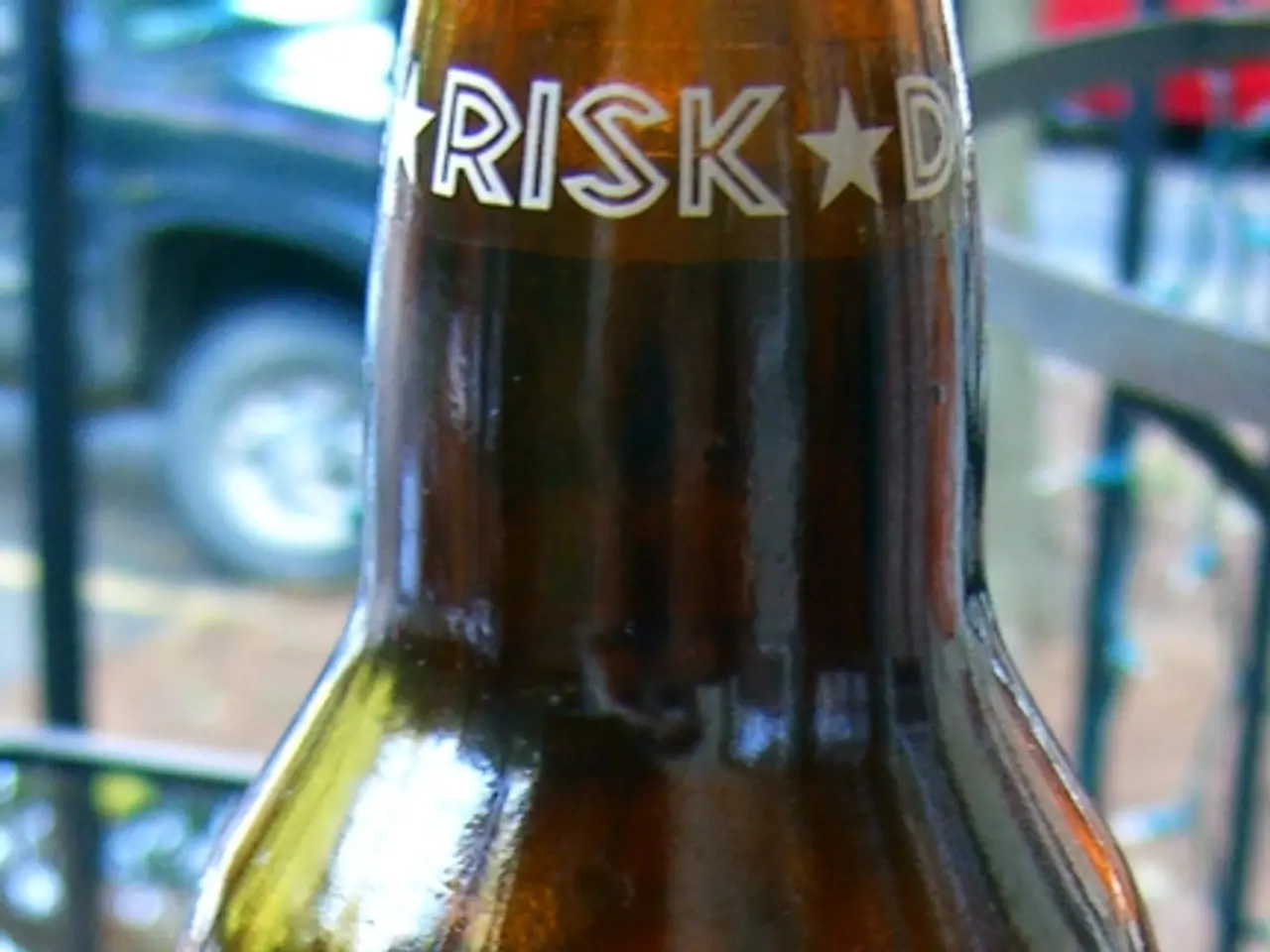Capturing Images of Miniature Seahorses, Pygmies
In the vibrant underwater world, the elusive pygmy seahorse stands out as a subject of fascination for macro photographers. These tiny, shy creatures, masters of camouflage, are found clinging to delicate gorgonian corals, often at depths below 60 feet.
To capture these enchanting creatures without causing harm, a few best practices are essential. Maintaining a safe distance, avoiding chasing or manipulating the seahorses, and practicing excellent buoyancy control are key to minimizing impact on the animals and their habitat. It's also important to keep steady and controlled positioning to avoid accidentally damaging the corals they cling to.
Lighting is another crucial factor. Bright flashes or intense light sources can stress the animals and affect their natural behaviour, so it's best to use lighting cautiously. Instead, focus on observing rather than interacting, as this approach allows for meaningful, non-invasive documentation.
Popular dive sites, such as Amed in Bali, offer excellent opportunities for macro photography without encouraging habitat disruption, provided divers follow responsible practices. However, at popular destinations with lots of divers, pygmy seahorses may be flash-popped hundreds of times in a day, so it's important to be courteous of other shooters and share the opportunity with fellow photographers.
When it comes to equipment, compact cameras are a popular choice due to their smaller sensors, which result in a deeper depth of focus at the smallest f-numbers. A single strobe placed above the centerline of the lens presents excellent results. Flash fill via a strobe is a must for pygmy seahorse photography.
Framing and focusing are done via the LCD on the back of the compact camera. Spot focus is recommended with the focal point always placed on the eye of the seahorse. Side portrait shots are easier to achieve and can be particularly stunning if the animal is isolated from the host with negative space behind its perch.
It's important to be judicious in your image capture to avoid overwhelming the animals. Pygmy seahorses are exceedingly shy animals which do not like to make eye contact, so it's best to approach them with care and respect for their space.
In summary, ethical underwater photography of pygmy seahorses demands patience, respect for the animals’ space, and skilled buoyancy control to protect their fragile habitat. This approach helps preserve their environment while allowing for meaningful, non-invasive documentation. By following these guidelines, we can continue to enjoy and appreciate these fascinating creatures for generations to come.
[1] Source: Conservation Diver [2] Source: Dive the World [3] Source: Underwater Photography Guide [4] Source: Dive.in [5] Source: Alor Dive Resort
- A guided trip to the underwater world can lead you to the mesmerizing pygmy seahorse, a subject of interest for macro photographers.
- The tiny pygmy seahorse, masters of camouflage, can be found on gorgonian corals at depths below 60 feet.
- To capture these creatures without causing harm, safe distance, no chasing or manipulation, and excellent buoyancy control are crucial.
- Steady and controlled positioning is important to avoid damaging the corals they cling to.
- Bright lights and intense sources can stress the animals and affect their behavior, so lighting should be used cautiously.
- Observing rather than interacting allows for meaningful, non-invasive documentation.
- Popular dive sites, like Amed in Bali, offer great opportunities for macro photography without harming the habitat, given responsible practices are followed.
- At busy destinations, pygmy seahorses may be flash-popped numerous times; courtesy to fellow photographers is necessary to share the opportunity.
- Compact cameras, with their smaller sensors, are popular choices for macro photography due to their deeper depth of focus.
- A strobe placed above the camera's centerline produces excellent results in pygmy seahorse photography.
- Framing and focusing are done via the LCD, with spot focus on the seahorse's eye recommended.
- Side portrait shots are preferable for easier framing and can result in stunning images, particularly when isolating the animal from the host.
- Judicious image capture is important to respect the pygmy seahorses' shyness and avoid overwhelming them.
- Pygmy seahorses do not like making eye contact, suggesting approach them with care and respect for their space.
- Ethical underwater photography of pygmy seahorses requires patience, respect for the animals, and protecting their fragile habitat.
- By adhering to these guidelines, we can continue enjoying and appreciating these fascinating creatures, contributing to their preservation for future generations.
[1] Conservation Diver [2] Dive the World [3] Underwater Photography Guide [4] Dive.in [5] Alor Dive Resort




